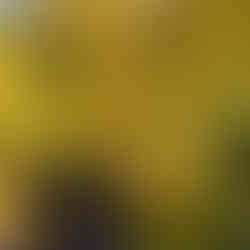Botanist's Lens: Woods of Warm Colors
- London Town
- Oct 22, 2021
- 1 min read
“Wild is the music of the autumnal winds amongst the faded woods.” - William Wordsworth
Colors of the gardens in fall
Hues of warm colors are slowly starting to show. From yellows, oranges, bright reds to amber brown, many shades will be seen on all deciduous plants. The evergreen trees and shrubs at London Town look amazing in the backdrop with these warm colors forming as the nights get longer.
There are four pigments that are responsible for leaf colors: Chlorophyll (green), Carotenoids (yellow), Anthocyanins (orange/red) and Tannins (brown). Carotenoids are always present in the leaves, except green chlorophyll masks the yellow/orange colors. Longer nights signal the plant to reduce producing chlorophyll, which gradually halts the green pigment.
The bright reds come from the anthocyanins which are more visible when more glucose is formed by the halting of chlorophyll formation. The higher the amount of sugar trapped, the more brilliant the reds will be.
Tannins (brown) on the other hand are found in the membranes of leaves and come through when the yellow, orange and reds fade away.
All of this of course depends on the amount of the sunlight during the day, cool nights, temperature moisture, etc.
'Fall Color Begins in the Spring'. Don't believe it? Read more here: https://www.nationalforests.org/.../fall-color-begins-in...










Comments